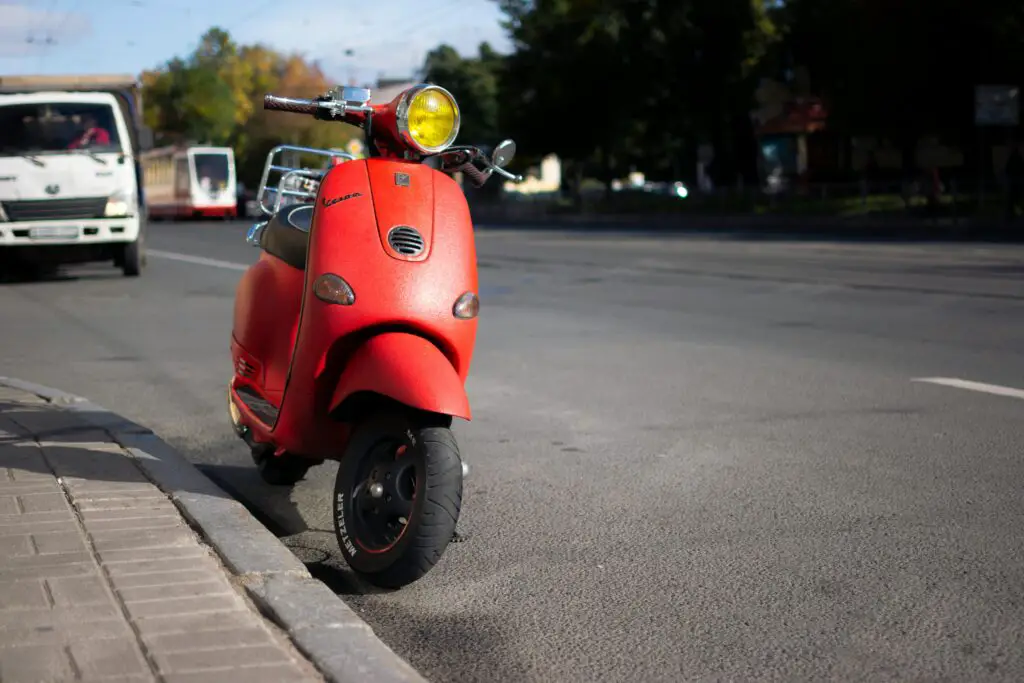Electric scooters have become a staple of urban mobility, offering a compact, eco-friendly solution for short-distance commutes. But have you ever wondered how these sleek machines operate? Behind their simple exterior lies a sophisticated combination of electrical and mechanical systems designed to deliver smooth, efficient rides.
This guide breaks down the mechanics and electronics of electric scooters, helping you understand how they work from the inside out.
Core Components of an Electric Scooter
To understand how electric scooters work, it’s essential to get familiar with their key components. Each part plays a crucial role in transforming stored energy into motion:
- Battery: The energy source of the scooter, typically a lithium-ion battery, stores electricity to power the motor and electronics.
- Electric Motor: Usually located in the hub of the rear or front wheel, the motor converts electrical energy into mechanical energy to drive the scooter forward.
- Controller: The brain of the scooter, it manages the flow of electricity between the battery and motor, responding to inputs like throttle and brakes.
- Throttle: A handlebar control that allows the rider to regulate speed by sending signals to the controller.
- Brakes: Systems that slow down or stop the scooter. These can be mechanical, like disc brakes, or electronic, such as regenerative braking.
- Frame and Wheels: The structural components that provide stability and support while housing the electronic systems.
How the Electric Scooter Systems Work Together
1. Powering Up
When you press the power button, the battery supplies electricity to the controller and motor. This initialization readies the scooter’s systems for operation.
2. Acceleration
Pressing or twisting the throttle sends a signal to the controller, which adjusts the power sent to the motor. The more you engage the throttle, the faster the motor spins, propelling the scooter forward.
The motor generates torque (rotational force) by passing an electrical current through its internal components, such as coils and magnets. This torque is transferred directly to the wheels, making the scooter move.
3. Steering and Balance
Steering is achieved by turning the handlebars, which pivot the front wheel. The scooter’s low center of gravity and wide deck make balancing straightforward for most riders.
4. Braking
Braking systems slow the scooter by either:
- Friction Brakes: Like those on bicycles, they apply pressure to the wheel.
- Regenerative Braking: Converts the scooter’s kinetic energy back into electrical energy, which is stored in the battery. This dual function slows the scooter and improves battery efficiency.
5. Energy Management
The controller regulates power delivery to optimize performance and prevent overheating or overloading. It also monitors the battery’s state of charge to avoid draining it beyond safe levels.
The Role of the Battery
The battery is the lifeblood of an electric scooter, determining its range, speed, and power. Most modern scooters use lithium-ion batteries due to their high energy density and lightweight design.
- Capacity: Measured in watt-hours (Wh), this defines how much energy the battery can store.
- Voltage: Indicates the electrical potential of the battery. Higher voltage means more power for the motor.
- Charging: Batteries typically take 4–8 hours to charge fully, depending on their capacity and the charger’s output.
Efficient batteries are crucial for maximizing the scooter’s performance and lifespan.
Types of Electric Motors
Electric scooters primarily use two types of motors:
- Brushless DC Motors (BLDC): Common in modern scooters, these are efficient, durable, and require minimal maintenance. They operate by creating a rotating magnetic field that drives the wheel.
- Hub Motors: Built directly into the wheel, hub motors reduce complexity by eliminating the need for chains or belts.
The power of a motor is measured in watts, and most scooters range from 250W for casual use to over 1000W for high-performance models.

Advanced Features in Electric Scooters
Modern electric scooters incorporate advanced technologies to enhance functionality and user experience:
- Display Panels: Show vital information such as speed, battery level, and range.
- Connectivity: Some models feature Bluetooth connectivity, allowing riders to control settings or track performance via a smartphone app.
- Suspension Systems: Absorb shocks from uneven terrain, improving ride comfort.
- Lighting: LED headlights and taillights ensure visibility and safety during nighttime rides.
The Science Behind Smooth Rides
An electric scooter’s ability to deliver a smooth and efficient ride hinges on the precise coordination of its components. The controller continuously adjusts the motor’s output to match throttle input and road conditions, ensuring steady acceleration and deceleration.
Meanwhile, the battery management system (BMS) monitors the battery to prevent overcharging, overheating, or short circuits, extending the scooter’s lifespan and ensuring rider safety.
Frequently Asked Questions
Q: How does an electric scooter differ from a gas-powered scooter?
A: Electric scooters use a battery and motor, while gas-powered scooters rely on an internal combustion engine. Electric models are quieter, require less maintenance, and produce zero emissions.
Q: Can electric scooters handle hills?
A: Yes, most electric scooters can handle inclines, but their ability depends on motor power, rider weight, and battery capacity. High-performance models with 500W or more motors are better suited for steep hills.
Q: What happens when the battery runs out?
A: If the battery depletes, the scooter will stop functioning. Some models allow manual pushing, but they’re not designed for extended use without power.
Final Thoughts
Electric scooters represent a marvel of engineering, combining efficiency, convenience, and sustainability into a compact package. From the seamless operation of the motor to the intuitive controls of the throttle and brakes, every component works harmoniously to provide a reliable and enjoyable ride.
Whether you’re commuting through the city or exploring your neighborhood, understanding how your electric scooter works gives you a deeper appreciation for this innovative mode of transport. Next time you hop on, you’ll know exactly what’s powering your journey.
Discover more from Chikwem
Subscribe to get the latest posts sent to your email.